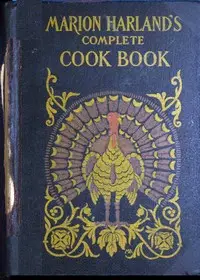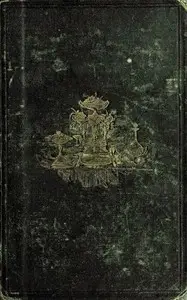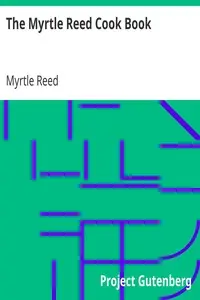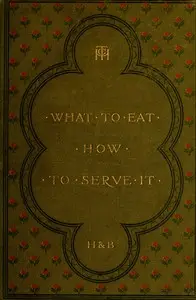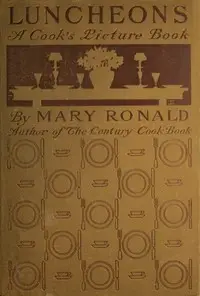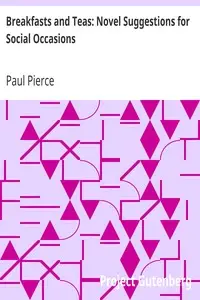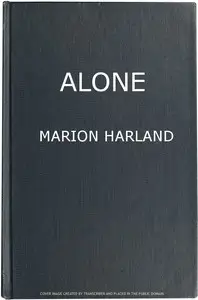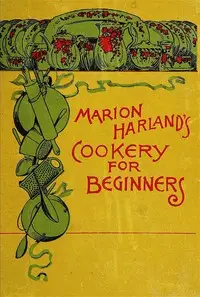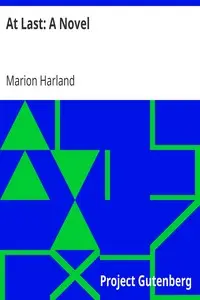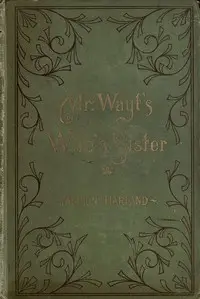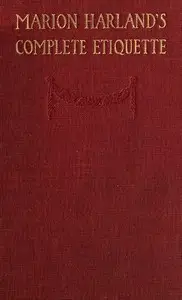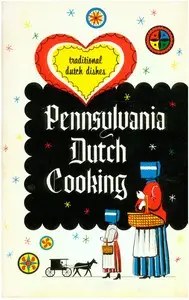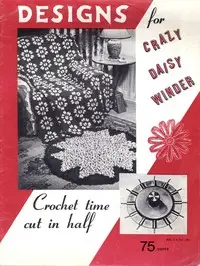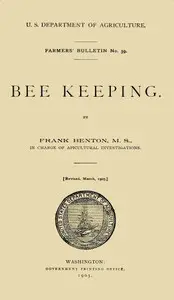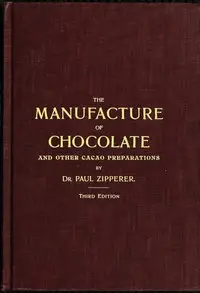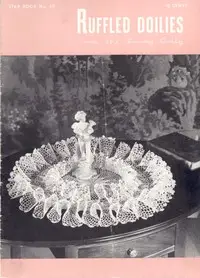"Breakfast, Luncheon and Tea" by Marion Harland is like a friendly chat with a wise aunt about making your home and meals wonderful, back in the day when things were quite different; it covers everything from planning tasty and healthy meals to setting a welcoming table, all while keeping in mind the challenges of managing a household and family in the 19th century. Marion Harland shares stories and advice to create enjoyable dining experiences and emphasizes the importance of a warm atmosphere, particularly around the breakfast table. It is like a guide to turning everyday meals into special occasions with a focus on cooking methods, offering practical tips to enhance the dining experience in a traditional home.
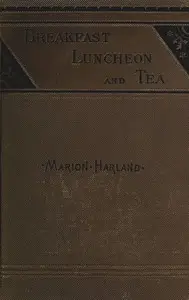
Breakfast, Luncheon and Tea
By Marion Harland
Discover how to transform ordinary meals into extraordinary family moments with timeless cooking tips and heartwarming household wisdom.
Summary
About the AuthorMary Virginia Terhune, also known by her penname Marion Harland, was an American author who was prolific and bestselling in both fiction and non-fiction genres. Born in Amelia County, Virginia, she began her career writing articles at the age of 14, using various pennames until 1853, when she settled on Marion Harland. Her first novel Alone was published in 1854 and became an "emphatic success" following its second printing the next year. For fifteen years she was a prolific writer of best-selling women's novels, classified then as "plantation fiction", as well as writing numerous serial works, short stories, and essays for magazines.
Mary Virginia Terhune, also known by her penname Marion Harland, was an American author who was prolific and bestselling in both fiction and non-fiction genres. Born in Amelia County, Virginia, she began her career writing articles at the age of 14, using various pennames until 1853, when she settled on Marion Harland. Her first novel Alone was published in 1854 and became an "emphatic success" following its second printing the next year. For fifteen years she was a prolific writer of best-selling women's novels, classified then as "plantation fiction", as well as writing numerous serial works, short stories, and essays for magazines.

